Please note that the specifications and categorizations may vary among different manufacturers and models. A dozer size chart is a visual representation of various bulldozer models categorized by their specifications, including horsepower, operating weight, blade capacity, and more.
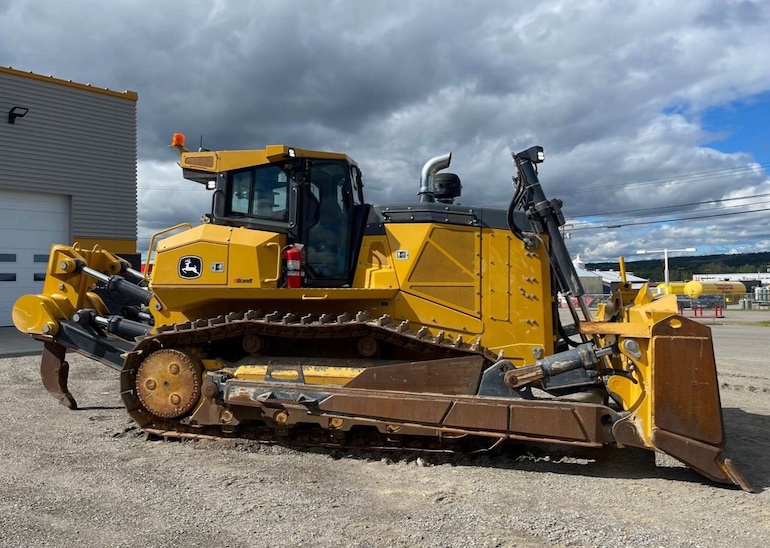
It can help you select the most suitable bulldozer for your specific job requirements. Assess your project’s requirements. For smaller tasks, a compact bulldozer might suffice, while larger construction or mining projects may require a larger, high-horsepower bulldozer. Here’s a simplified dozer size chart:
Dozer Size Chart & Specs
| Small Dozers | Medium | Large | Extra-Large | |
|---|---|---|---|---|
| Horsepower | up to 150 hp | 150 – 250 hp | 250 – 450 hp | over 450 hp |
| Max Operating Weight | up to 20.000 lbs | 20.000 – 100.000 lbs | 100.000 – 200.000 lbs | over 200.000 lbs |
| Blade Capacity | up to 3,5 yd3 | 3,5 – 15 yd3 | 10 – 30 yd3 | over 30 yd3 |
| Track Width | Standard or LGP | Standard or LGP | Standard or LGP | Standard or LGP |
| Project Type | Landscaping, light grading, small construction projects, snow removal | General construction, site preparation, road building, forestry | heavy construction, mining, and large-scale earthmoving projects | extreme earthmoving, mining, and major infrastructure projects |
| Terrain | Soft, easy-to-navigate | Various | Rough and Hilly | Extremely Rough |
| Operator Experience | Beginner | Intermediate | Advanced | Advanced to Expert |
| Brands & Models | CAT D3, Komatsu D39, CASE 750, John Deere 450, Liebherr LR 626, Liebherr PR 716, Shantui (SD13, SD16) | CAT D6, Komatsu D65, CASE 850, John Deere 700K, Liebherr PR 736, CHETRA (T11, T35), Shantui SD22 | CAT D8, Komatsu D85, CASE 1150, John Deere 850K, Liebherr PR 766, CHETRA (T18, T25), | CAT D11, Komatsu D475, CASE 2050, John Deere 950K, John Deere 1050 P-Tier, Liebherr PR 776 Litronic, CHETRA T40, |
Keep in mind that this is a simplified bulldozer size chart, and real-world conditions may vary. Always consult with manufacturers and local dealers for precise specifications and recommendations based on your specific needs and projects. Additionally, operator experience and skill level are critical factors, and adequate training should be provided for safe and efficient operation.
How Do I Use a Dozer Size Chart Effectively?
Start by identifying your project’s needs, such as the type of terrain, material, and tasks involved. Then, consult the size chart to match your requirements with the bulldozer models listed. This helps you narrow down your options efficiently. Factors include the type of project (earthmoving, grading, mining, etc.), the terrain’s characteristics (rocky, muddy, hilly, etc.), the material to be pushed or excavated, and your budget. These factors guide your choice.
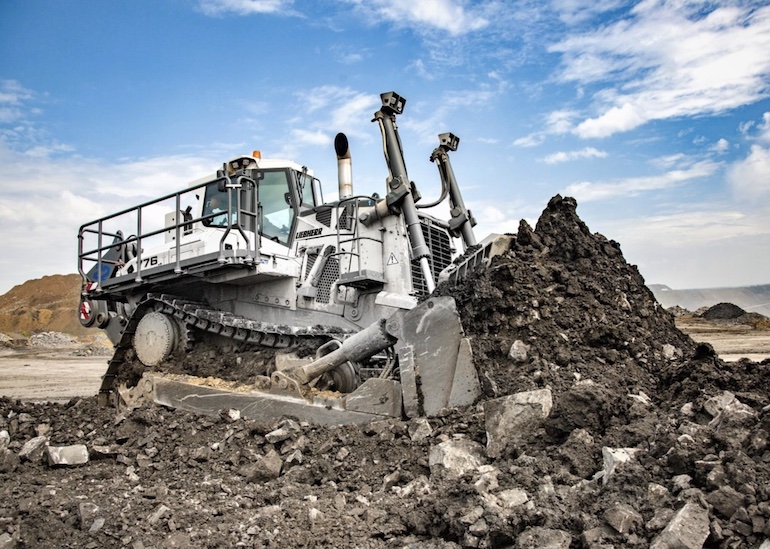
Some size charts offer recommendations based on typical project types. For example, they might suggest smaller bulldozers for residential construction and larger ones for mining or major earthmoving projects.
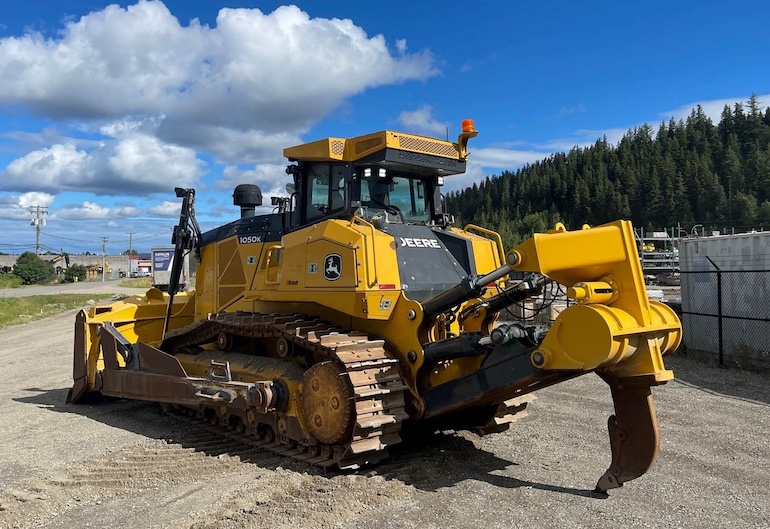
While horsepower is a critical factor, it’s not the only one. You should also consider the dozer’s weight, blade capacity, and other specifications that align with your project’s requirements. Larger bulldozers often have higher costs and fuel consumption. It’s best to choose a size that matches your project’s needs to optimize efficiency and cost-effectiveness.
Note: Heavy equipment dealers have extensive knowledge of their product lines and can provide guidance based on your project requirements. Consult with them to make an informed choice. Many equipment rental companies offer a range of dozer sizes for rent. This flexibility allows you to choose the right bulldozer for each specific job without the need for a large fleet.
Choosing the wrong size can lead to inefficiency, increased operational costs, and potential damage to the equipment or project delays. It’s crucial to carefully match the dozer size to your project’s needs. Using a dozer size chart as a reference point can significantly simplify the process of selecting the right bulldozer for your specific applications. However, it’s essential to consult with experts and equipment dealers for personalized recommendations based on your project’s unique requirements.
How to Choose the Right Bulldozer for Your Job
Choosing the right bulldozer for your job is crucial to ensure efficiency and productivity. Here are steps to help you make the right choice:
- Assess Your Project Needs:
- Determine the specific tasks your bulldozer will perform, such as grading, excavation, or material handling.
- Consider the Size:
- Match the bulldozer’s size to your project’s scale. Larger bulldozers are suitable for heavy-duty tasks, while smaller ones are more maneuverable for tight spaces.
- Evaluate Horsepower:
- Choose a bulldozer with sufficient horsepower to handle your workload effectively. More power is needed for demanding tasks.
- Review Blade Capacity:
- Ensure the bulldozer’s blade capacity is appropriate for your project. Blades vary in width and type (straight, semi-U, U-blades), affecting the amount of material the dozer can move.
- Terrain and Ground Conditions:
- Consider the ground conditions of your work area. For soft, muddy terrain, opt for a dozer with wide tracks for better traction. Narrower tracks are suitable for harder surfaces.
- Operator Experience:
- Assess the skill level of your equipment operator. Complex projects may require experienced operators who can handle larger dozers with advanced features.
- Fuel Efficiency:
- Choose a bulldozer with good fuel efficiency to reduce operating costs, especially for long-term projects.
- Maintenance and Serviceability:
- Check if the bulldozer is easy to maintain and repair. Accessibility to key components is essential to minimize downtime.
- Technology and Features:
- Some dozers come with advanced technology like GPS systems and telematics for precise grading and monitoring. Evaluate if these features are necessary for your project.
- Budget Constraints:
- Stay within your budget while considering all the above factors. Balancing cost with performance is essential.
- Environmental Regulations:
- Ensure the bulldozer meets environmental standards and emissions regulations applicable to your region.
- Test Before Buying:
- If possible, test the bulldozer on-site or in similar conditions to gauge its performance and suitability for your project.
- Consult with Experts:
- Seek advice from equipment experts, dealers, or rental companies who can provide valuable insights based on your project requirements.
- Maintenance and Support:
- Consider the availability of maintenance and support services from the manufacturer or dealer. Reliable support can prevent project delays.
- Resale Value:
- Keep in mind the potential resale value of the bulldozer when your project is complete.
By carefully assessing your project needs and considering these factors, you can select the right bulldozer that will maximize productivity and efficiency while staying within your budget.
15 Biggest Bulldozers in the World (2024)
Here’s a list of the world’s top 15 biggest bulldozers (2024) with their operating weights:
- Komatsu D575A-3 Super Dozer: Operating Weight – Approximately 336,420 lb pounds (152,600 kg) – is known for its impressive size and pushing power, making it ideal for mining operations.
- CAT D11: Operating Weight – Approximately 250,665 pounds (113,700 kg) – is one of the largest and most powerful bulldozers in the world, designed for heavy-duty applications such as mining and large-scale construction.
- Komatsu D475A-5: Operating Weight – Approximately 238,960 pounds (108,390 kg) – is a powerful crawler tractor often seen in mining and large construction projects.
- Shantui SD90-C5: Operating Weight – Approximately 234,263 pounds (106,260 kg) – is a large dozer used in construction and mining projects, known for its robust build and power.
- Komatsu D375A-8: Operating Weight – Approximately 163,340 pounds (74,090 kg) – combines power and efficiency for demanding tasks.
- Liebherr PR 776: Operating Weight – Approximately 161,354 pounds (73,189 kg) – is a high-capacity dozer suitable for demanding tasks like mining and quarrying.
- Shantui SD60-C5: Operating Weight – Approximately 155,712 pounds (70,630 kg) – is well-suited for operations in extremely harsh mining conditions.
- CHETRA T40: Operating Weight – Approximately 154,941 pounds (70,280 kg) – is the most powerful serial Russian bulldozer made for gold and coal mining industry.
- CAT D10: Operating Weight – Approximately 154,888 pounds (70,256 kg) – is a versatile dozer used in various industries, including construction and mining.
- CHETRA T35: Operating Weight – Approximately 137,414 pounds (62,330 kg) – is a powerful bulldozer for heavy-duty earthmoving and stripping operations including excavation of frozen and rocky soils.
- Liebherr PR 766 Litronic: Operating Weight – Approximately 119,462 pounds (54,187 kg) – combined with the advantages of diesel hydraulic drive and the operating control and cabin comfort, offers maximum capability at the highest level of efficiency..
- CAT D9: Operating Weight – Approximately 110,225 pounds (49,988 kg) – is a versatile and widely used bulldozer known for its reliability.
- John Deere 1050 P-Tier: Operating Weight – Approximately 94,580 pounds (42,900 kg) – is a mid-sized dozer equipped with advanced technology for precision work.
- LiuGong 320C: Operating Weight – Approximately 74,990 pounds (34,015 kg) – B320C bulldozer is powered by Cummins engine with a rated power output of 257 kW.
- CASE 2050M: Operating Weight – Approximately 48,773 pounds (22,123 kg) – is a mid-sized bulldozer known for its reliability and efficiency.
These bulldozers vary in size and capability, catering to a range of industries and applications. Their impressive operating weights reflect their ability to handle heavy-duty tasks efficiently.
Frequently Asked Questions for Dozer Size Chart
Q1: What is the significance of horsepower in choosing a bulldozer size? A1: Horsepower determines the bulldozer’s engine power and its ability to handle heavy loads and tough terrain. Choose a horsepower rating suitable for your project’s demands.
Q2: Why is blade capacity important in selecting the right bulldozer size? A2: Blade capacity indicates how much material the bulldozer can move in one pass. Ensure the blade size matches your project’s requirements to maximize efficiency.
Q3: How does terrain affect bulldozer size selection? A3: Different terrains require different bulldozer sizes. Soft, muddy ground may necessitate a low ground pressure (LGP) model, while rocky terrain may require a more robust dozer.
Q4: Is operator experience a crucial factor in bulldozer selection? A4: Yes, operator experience matters. Smaller, less complex dozers are suitable for novice operators, while experienced operators can handle larger, more powerful machines.
Q5: What type of projects are compact bulldozers suitable for? A5: Compact bulldozers are ideal for light to moderate tasks, such as landscaping, grading driveways, or small construction projects.
Q6: Can a bulldozer be too large for a project, causing inefficiency? A6: Yes, using an oversized bulldozer for a small project can be inefficient and costly. It’s essential to match the bulldozer size to the project’s scope.
Q7: Should I consider renting or buying a bulldozer based on the project’s size? A7: For short-term or small projects, renting a dozer may be cost-effective. Buying is usually more suitable for long-term or frequent use.
Q8: Can I consult with a bulldozer expert for guidance on choosing the right size? A8: Absolutely. Consulting with equipment experts or dealers can provide valuable insights into selecting the perfect bulldozer size for your specific needs.
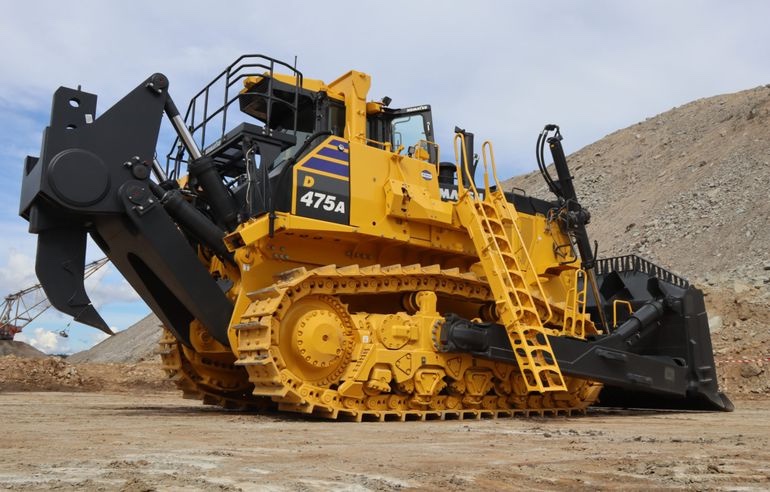
Remember that choosing the right bulldozer size is crucial for project efficiency, safety, and cost-effectiveness. Evaluate all project parameters before making your decision.
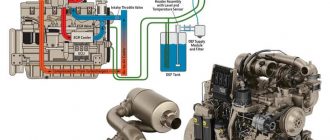
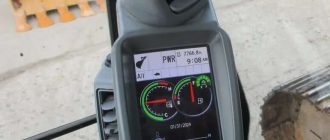
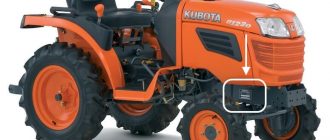
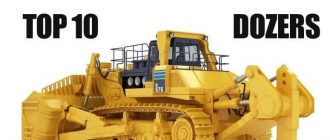
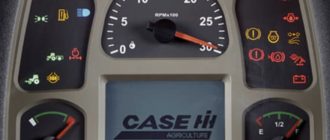
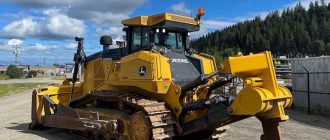
I saw that XCMG produces bulldozers, they are not in this chart because they do not have super heavy dozers?